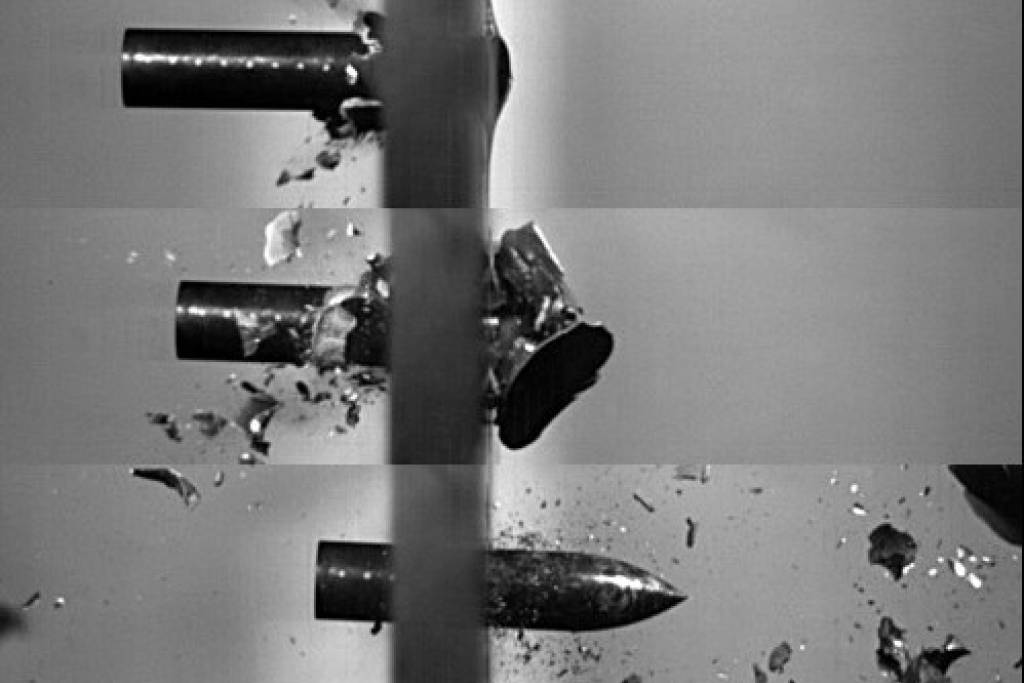Light-Weight Armour for Defence & Security 2026

Light-Weight Armour for Defence & Security 2026


Welcome to LWAG 2026 in Norway
2-4 June 2026
Join us for an engaging and insightful event set against the stunning backdrop of the Oslofjord in Norway.
Practical Information
-
Abstract and Papers
- 10 January 2026 - Submission abstract
- 20 January 2026 - Acception notification
- 1 April 2026 - Submission extended abstract
- 15 May 2026 – Presentation due
Registration- 1 February 2026 - End of early-bird registration
- 1 March 2026 - End of registration
-
Early-bird
Until 1 February 2026 (All prices include VAT. NOK amount based on fixed exchange rate.)
- Regular - 1000 € / 12 000 NOK
- Student - 800 € / 9600 NOK
- Companion - 1000 € / 12 000 NOK
LateFrom 2 February to 1 March 2026 (All prices include VAT. NOK amount based on fixed exchange rate.)
- Regular - 1200 € / 14 400 NOK
- Student - 1000 € / 12 000 NOK
- Companion - 1200 € / 14 400 NOK
The conference fee covers the event, meals, and lodging at Oscarsborg Hotel & Resort.Important: Hotel rooms are limited. Participants are encouraged to register as soon as possible.
Companion program
Including: Board (all meals) and lodging in hotel room (shared with companion).
Activities may be offered during technical program.
-
As a valued sponsor, you will have the opportunity to:
- Set up a stand during the event to showcase your products and services.
- Deliver a 5–10-minute talk during the technical program, allowing you to highlight your expertise and connect with our audience.
The sponsor fee is 1500 €. This will be in addition to the conference fee.
Your support will enhance attendee experience and provide significant exposure and networking opportunities. Please let us know if you are interested.
We would be happy to discuss further and answer any questions: lwag2026@forsvarsbygg.no
-
Flight: Oslo Airport
Airport Express Train: Oslo Airport-Nathionaltheateret
Meeting point: Rådhuskaien, Rådhusbrygge 1-3, Harbour in front of Town hall (Rådhus)
Farewell point: Oslo Central Station
-
- Tore Børvik (NTNU), Norway
- François Boussu (ENSAIT), France
- Frederik Coghe (RMA), Belgium
- Sumita Dey (NDEA), Norway
- Andreas Heine (EMI), Germany
- Anne Jung (HSU), Germany
- Patrik Lundberg (FOI), Sweden
- Jérôme Mespoulet (Thiot Ing.), France
- Fabien Rondot (ISL), France
-
- Prof. Tore Børvik (NTNU), Norway
- Dr. Sumita Dey (NDEA), Norway
- Dr. Ole Vestrum, (NDEA), Norway
-
We would be happy to answer any questions you may have. Please feel free to reach out to us: lwag2026@forsvarsbygg.no
Publication
As a valued speaker you will have the opportunity to:
- deliver a 20-minute talk during the technical program, or
- participate in a poster session, depending on the number of contributions
Your involvement will significantly enhance the attendee experience and offer you substantial visibility and networking opportunities.
- The presentations will be published as extended abstracts in an electronic book. The submitted abstracts should therefore include key diagrams, tables and references. A mandatory template will be provided.
- Authors are also encouraged to submit their presentation slides for distribution among the conference participants after the event.
Abstract Submission
Please submit your abstract or extended abstract in .doc format to lwag2026@forsvarsbygg.no.
Use "Abstract Submission" as the subject line of your email.
We would be happy to answer any questions you may have. Please feel free to reach out to us: lwag2026@forsvarsbygg.no
.jpg?quality=70)
Conference location
With its strategic location on an island in the Oslofjord, Oscarsborg Fortress defended the capital's seaward approach during WWII. Today the fortress is a popular tourist destination.
.jpg?quality=70)
About LWAG
LWAG is intended for all sectors (industry, academia, research institutes, etc.) involved in the field of light-weight armour for defence and security applications aiming to improve the design of armour systems against ballistic and/or explosive threats.
The LWAG workshop brings together engineers, researchers and PhD candidates to advance knowledge through testing, theory, and simulations at material and structural scales.
LWAG focuses on materials for armour configurations, including ceramics, metals, composites, woven materials, MMCs, CMCs, metallic foams, and other porous materials.
Objectives and topics
- Protection against ballistic impact and blast for soldiers, vehicles, aircraft and naval platforms
- New materials for ballistic protection and/or blast attenuation
- Dynamic testing and modelling of materials under ballistic impact and/or blast
- Damage and failure mechanisms under ballistic impact and/or blast
Program
Tuesday, 2 June 2026
Wednesday, 3 June 2026
Thursday, 4 June 2026
About NDEA
The Norwegian Defence Estates Agency (NDEA) is a government administrative agency under the Ministry of Defence. We develop, build, operate and divest real estate for the defence sector.
The National Centre for Protection of Buildings (NKSB), established in 2012, serves as Forsvarsbygg’s expert unit for securing critical buildings and infrastructure. It supports government agencies and property owners in protecting against threats such as terrorism, sabotage, espionage, explosions, and other hostile acts.
NKSB integrates applied research and advisory expertise to develop design tools and strategic solutions for complex security challenges.
NKSB collaborates with leading national and international academic and institutions, including NTNU. Forsvarsbygg has a long-standing partnership with NTNU, particularly with SIMLab, and looks forward to co-hosting the LWAG conference in 2026.
About NTNU
NTNU is Norway’s largest university, with its main campus in Trondheim and additional campuses in Gjøvik and Ålesund. It specializes in science and technology but offers a broad range of academic disciplines.
NTNU’s vision is to “create knowledge for a better world”, and it is known for its strong focus on innovation, interdisciplinary research, and international collaboration.
SIMLab – Structural Impact Laboratory – is a research group located at the Department of Structural Engineering, NTNU.
SIMLab focuses on understanding how materials and structures behave under impact and extreme loading conditions, such as collisions, explosions, and ballistic impacts.
Their goal is to develop advanced computer models that accurately simulate these behaviours, contributing to safer and more efficient designs in industries like automotive, energy, and defence.
